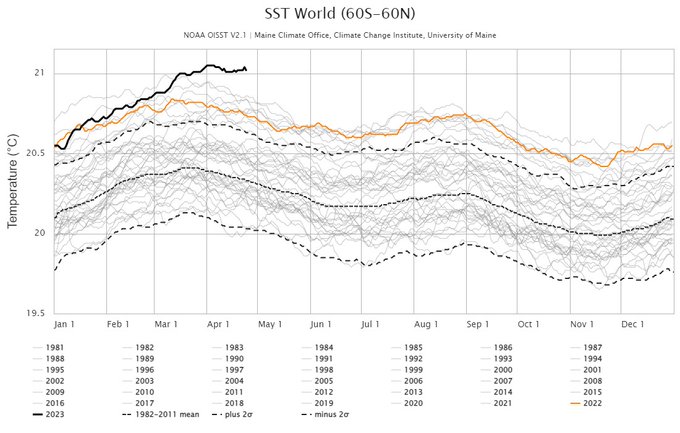Once upon a time, when I was but a lad, I had the fairly naïve notion that New England, being The North, naturally wouldn’t have anything like members of the KKK. In high school, I and some other members of my school’s naturalist program spent a week in the Smokey Mountains. It was a fun and interesting trip, but what’s relevant for today is that when we emerged from the woods, and descended upon a diner that served breakfast all day, we found ourselves witness to some sort of hot-rod competition. If memory serves, we were in or near Dollywood, and there was a long line of souped-up cars slowly parading down one side of the road, and then showing off their speed down the other. In amongst it all, there were a couple pickup trucks, packed with big white dudes, and covered with confederate flags. This would have been around 2001 or 2002, and in the moment I was immediately reminded of the part of Indiana Jones and the Last Crusade, in which Indy and his father go to Berlin to retrieve the grail diary; “We’re pilgrims in an unholy land.” At the time, I was a pretty devout Quaker, and I’d grown up learning about my religion’s role in the abolitionist movement and the Underground Railroad. Seeing those flags felt very uncomfortable.
Many years later, driving to the CSA near my old school, I saw a confederate flag in someone’s window in New Hampshire, which was also a surprise. I know better, now. Last I checked, the Klan had chapters in most states in the US, including every state in New England. That may have changed, but if it has, it’s only because there are other organizations furthering the same hate more effectively. Today’s example of that, from Tess Owen of Vice, is a group calling themselves the People’s Initiative of New England, or PINE. They’ve taken a leaf from the anarchist playbook, but rather than helping out to build community resilience and improve peoples’ lives, they’re doing it to build support, or at least sympathy, for the genocidal project of New England as a white ethnostate. I wish I was joking.
PINE describes itself as a “grassroots effort founded to advocate for and advance the interests of New Englanders,” which sounds innocuous enough—and that’s by design. But PINE is a new front for the neo-Nazi street gang NSC-131, which formed in 2019 and has chapters across New England. While NSC-131 brazenly touts Nazi symbols and throws up Hitler salutes during public appearances, PINE is intended as a softer, more socially acceptable mask. The goal of this is for NSC-131 to broaden their appeal, especially to those who agree with their messaging but may not want to publicly affiliate with an explicitly neo-Nazi organization.
In a recently released manifesto, first reported by Rolling Stone, PINE calls for New England to secede from the U.S. and establish a white ethnostate. And they think they can do that by drumming up local support, through “activism and community outreach.”
Hence: their flood relief efforts.
Extremists around the world typically seek to exploit moments of instability or chaos for their own gain, and that’s particularly true in the aftermath of natural disasters.
Weak or muddled government responses to hurricanes, flooding or wildfires have previously created windows of opportunity for extremists to position themselves as reliable, trusted sources of aid—and show government agencies to be useless in a moment of crisis.
And, by ingratiating themselves in impacted communities, extremists are able to reach into a larger pool of prospective recruits.
This is a trend that experts say they expect to see more of in the coming years. As the effects of climate change grow more severe, communities that have been destabilized by natural disasters may increasingly find themselves leaning on wolves in sheeps clothing— extremists dressed up as good samaritans.
This is worrisome on two fronts. The first is the obvious – fascist groups recruiting and building support is a bad thing. The second is something that a lot of people have been worried about for a long time – the rise of ecofascism. While fascism in the United States is currently associated with a hatred of environmentalism, there’s plenty of room for the fascist version of environmentalism, which blames pollution and “filth” on minorities, and frames nature as a birthright stolen from their white audience. The more the climate destabilizes, and the more capitalism pushes people towards poverty, the more people will resonate with the idea that things used to be better, and maybe we really do need a strong authority to make the drastic changes we need, to reclaim what we once had.
What’s more, the message isn’t coming from some screaming bigot, it’s coming from a guy who you met because he gave your family a case of water, or helped clear a fallen tree out of your driveway. Like I said, anarchists – who are often considered extremists – often take a similar approach, but with the goal of making a better world for everyone, not just the tiny fragment of humanity that Nazis consider to be people.
As the Vice article says, this tactic isn’t unique to PINE/NSC-131 (“NSC” stands for National Socialist Club, in case you were wondering), and it’s something we should expect to see more of. Leaving aside the climate crisis for a moment, conservatives have a long record of running against government corruption and incompetence, and then using their power to increase both, while continuing to run against corruption and incompetence. One desired effect of this, is that the government is increasingly unable to help in times of need, which encourages people to vote for those who run against government corruption and incompetence. It’s a win-win situation, as long as you’re either indifferent to human suffering, or you actively enjoy it. It also means that people are open to new ideas, like not having governments or corporations, or – in the case of the Nazis, like seceding to form your own government, where this time you’re sure to get rid of all that corruption and incompetence!
It’s a con, like most fascist promises, but I think it has the advantage of feeling more familiar and safe than what anarchists tend to want. It’s easier for most people to imagine forming a new nation – we’re already familiar with what that looks like. A society without hierarchies, while a good idea (in my opinion), is something very different from the world anyone knows, and much harder to imagine, from within society as it exists.
So what can we do about this? Well, I suppose you could work to make sure that everyone knows who their local fascists are, but if those fascists are actively helping people, and you’re not, then all you’re really doing is telling people that they shouldn’t like the guys helping them when they need it. You could try to win elections and improve government response, but the deck is very much stacked against you on that, as it’s far easier to break societal infrastructure than it is to build it, and the capitalists don’t really want a government that works for the people.
Of course I don’t have anything that’s guaranteed to work, but to me it seems that your best bet, for individual action, is to provide aid without the side-helping of fascism. There may be fascists in your area, or there may not be, but in either case, helping out is probably the most effective thing you can do. Offer people a better vision for the future, but do it while attending to their needs in the present. Our best defense against fascism, and our best defense against climate change, is to build collective power through solidarity (not charity). Look for local mutual aid networks, or look into starting one yourself. There are times for fighting fascists directly, but none of that will matter, if we’re not also strengthening and uplifting our communities at the same time.


